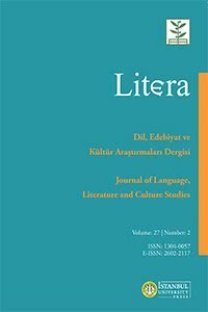SYNTACTICAL CATEGORIES
As shown in this diagram, sentence (i) is divided into two IMMEDIATE CONSTITUENTS - ICs for short - 'the man' and 'hit the ball'. In their turn the first is divided into two ICs ( ' the' and 'man', while the second is divided also into two !Cs 'hit' and 'the ball'. Finally 'the ball' is divided into two ICs 'the' and 'ball'. Now the I Cs of the I Cs of a given phrase are called its CONSTITUEN'l S OF THE SECOND ORDER, the ICs of the lCs of the ICs of the phrase are called its CONSTITU~NTS OF THE THIRD ORDER, etc. ~ Thus (i )'s constituents of the second order are 'the' (first occurence), 'man', 'hit', 'the ball'; while the same sentence's constituents of the third order are 'the' (second occurence) and 'ball'. (1) has no constituents of an order higher than the third, so that (I ) is itself called a phrase OF THE THIRD ORDER. 6 The ICs of a given phrase, together with its constituents of the second, third, ... order constitute the phrase's CONSTITUENTS1 •
SYNTACTICAL CATEGORIES
As shown in this diagram, sentence (i) is divided into two IMMEDIATE CONSTITUENTS - ICs for short - 'the man' and 'hit the ball'. In their turn the first is divided into two ICs ( ' the' and 'man', while the second is divided also into two !Cs 'hit' and 'the ball'. Finally 'the ball' is divided into two ICs 'the' and 'ball'. Now the I Cs of the I Cs of a given phrase are called its CONSTITUEN'l S OF THE SECOND ORDER, the ICs of the lCs of the ICs of the phrase are called its CONSTITU~NTS OF THE THIRD ORDER, etc. ~ Thus (i )'s constituents of the second order are 'the' (first occurence), 'man', 'hit', 'the ball'; while the same sentence's constituents of the third order are 'the' (second occurence) and 'ball'. (1) has no constituents of an order higher than the third, so that (I ) is itself called a phrase OF THE THIRD ORDER. 6 The ICs of a given phrase, together with its constituents of the second, third, ... order constitute the phrase's CONSTITUENTS1 •
Keywords:
SYNTACTICAL, CATEGORIES CONSTITUEN'l,
___
-- Yayın Aralığı: Yılda 2 Sayı
- Yayıncı: İstanbul Üniversitesi
